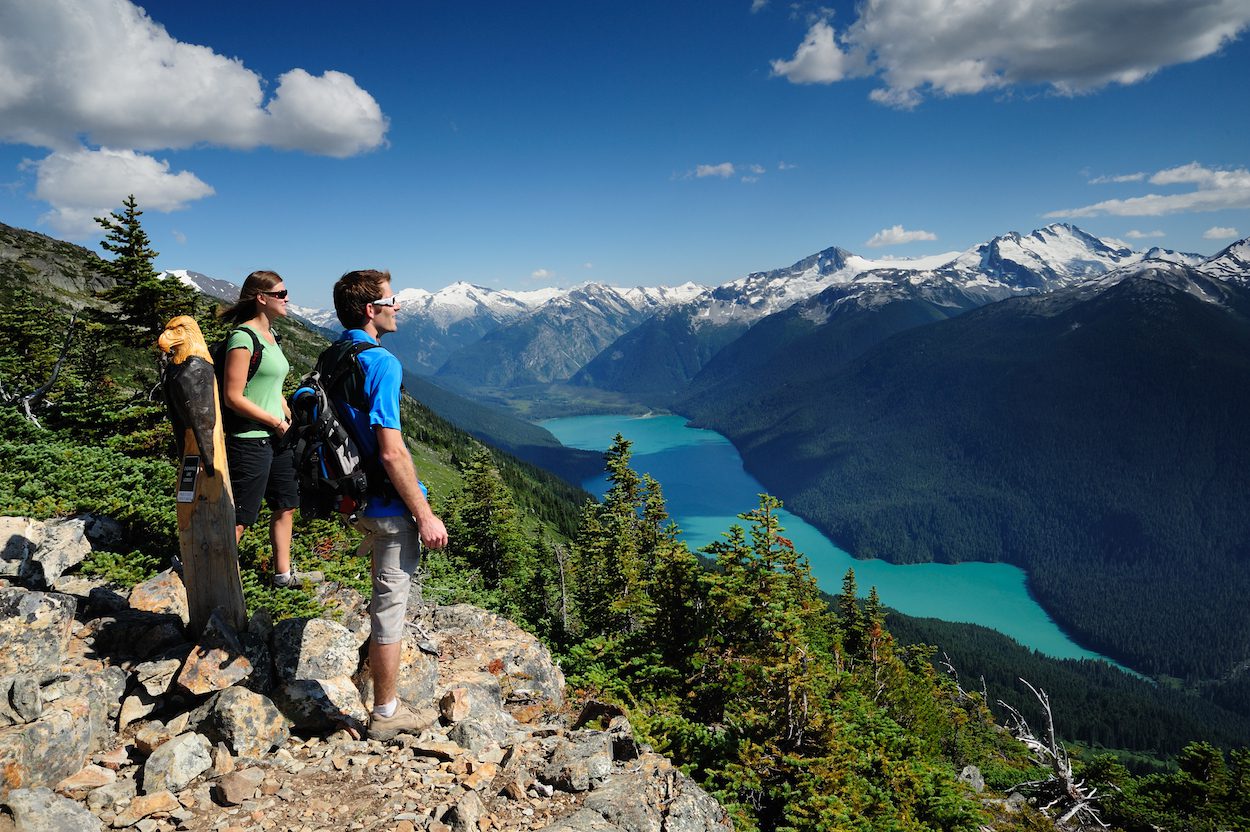Hiking can be a great cross-training tool for cyclists
A good ramble can increase core strength, build stronger stabilizer muscles and add variety to your fitness routine

As the weather gets colder and motivation to ride outside is tougher, you might consider grabbing a pair of running or hiking shoes. A change of pace can feel rejuvenating, and research says being in nature can have a positive effect on our mental health and cognition. Hiking is perfect for cross-training or easy-day exercise; here are a few ways that heading to the hills and forests can improve your cycling.
Active recovery
An easy-to-moderate hike will keep your heart rate low–the equivalent of a Zone 1 or 2 workout on the bike. When tackling a steep climb or hiking fast, you’ll definitely be getting the equivalent benefit of a cycling workout on the flat, though it will feel quite different. If you’re hiking on an easy or recovery day, make sure to keep the climb or terrain at an easy level to avoid over training.
Health Benefits of Hiking#Hike #hiking #trek #trekking #hills #mountains #health #fitness
Article Source : https://t.co/rmlEchXtRe pic.twitter.com/202HNmjwzh
— cleanmountains.org (@CleanmountainsO) February 27, 2019
You’ll be sore in all kinds of new places, and that’s a good thing. Using different muscles than the ones you’ve used all summer on your bike is beneficial. It means strengthening under-used parts of your body, and also making you stronger from head to toe.
A different kind of hill training
As you climb on your hike, you won’t have to think about activating your glutes–they’ll definitely be engaged. Descending on your hike will use your quads, and you’ll feel it! Hiking is a brilliant way to get the benefits of going both up and down hills, and you’ll be so busy enjoying the views and soaking in the surroundings that you’ll hardly notice the effort.
Great for core stability and stabilizer muscles
Hiking can be the perfect complement to almost any training regime because it lets you add mileage without the repetitive stress on your body.
Core muscles kick in as we shift from one foot to the other; moving more slowly engages different and more diverse systems than when we are pounding out an interval session. The uneven terrain on most trails strengthens the stabilizer muscles in our ankles and feet, and a stronger core means more power goes to your pedals.
